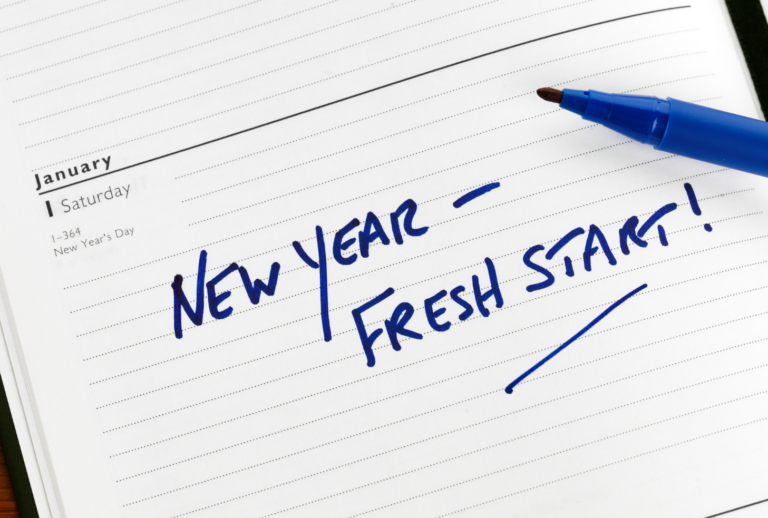Ring in the New Year by turning Bad Habits Into Good Data Practices



The concept of making New Year’s resolutions has been around for thousands of years, and a recent report revealed that in a given year an average of 38.5% of adults in the US make at least one New Year’s resolution.We thought it would be fun to take a look at some common New Year’s resolutions and apply these principles to data practices:
Lose weight/improve diet
When individuals want to lose weight or improve their diet, they generally focus on cutting out or reducing the intake of certain foods. They often make provisions to remove these items from the kitchen or vow not to buy them on upcoming trips to the grocery store.
The parallels with data for associations can be found in cleaning up or getting rid of unwanted data. Review the data that’s being requested and collected on forms and applications. Improve the user experience by not asking for information that’s not needed or is not being utilized. In this process association professionals will find improved performance from systems that are not bogged down with unnecessary data and that they are saving money by not using excessive storage.
Exercise More
Speaking of activities, another closely related and popular New Year’s resolution is to exercise more. Whether it’s walking, jogging, biking, swimming, lifting weights, practicing yoga, or playing a sport, many people realize that they feel better when they’re stronger and more active.
In much the same way, associations should look for ways to use and take advantage of the data they already have. Just as an individual would need to work up to a level where they could run the full distance of a marathon, association professionals shouldn’t expect to fully leverage all analytics capabilities at once. The important principle is to start from where you are and take steps in the right direction. Look for incremental progress and to be better at your data practices on a monthly or quarterly basis. Accomplish this by creating simple reports that can be shared with your colleagues to get their buy-in. Then advanced reports can be created and more broadly disseminated to a larger group of team members as the appetite and demand for information grows.
Spend more time with family/friends
Often this type of New Year’s Resolution comes from a realization that hard work alone doesn’t bring personal satisfaction, or that too many solitary activities are not as rewarding or joyful.
For associations, this can mean not just collecting data for the sake of data, but enabling that data to contribute to the core purpose of the organization. Listen to what association members (like your family and friends) want and need, and disseminate that information to colleagues. Having meaningful conversations on these topics as teams will lead to better products, programs, and services for the membership and ultimately better retention rates- keeping the family and friends together and happy!
Read more/learn something new
Individuals can easily fall into ruts with their daily habits and interests. Reading more or learning something new stimulates the brain and helps us to make connections to ideas and gain insights we wouldn’t otherwise have.
Opportunities to apply this approach to an association’s data practice exist on at least two levels. First, associations should devote time to develop and share data best practices. Reviewing these together as a department or an entire organization leads to greater proficiency in the use of data and more and better insights for the team. Second, association professionals can look at benchmarking or data for their industry or profession to discover where there may be opportunities to meet needs or to excel as a thought leader in the field.
Decorate or renovate a home
This type of goal may come from a home that’s in need of repairs, or it may just require a refreshed look. Sometimes it involves purchasing furniture, getting new flooring, and/or a fresh coat of paint. Regardless, the end result is a home that’s improved and more presentable.
Similarly, the way team members access data can move from searches and running simple reports to more upgraded presentations. With data analytics, data visualizations, and dashboards, information can be more easily understood and digestible. These can be automated to make them more accessible on a daily, weekly, or monthly basis and for use in meetings and in conjunction with updates.
Regardless of your goals for 2023, with a little determination, time, and effort, you can see noticeable changes and start to benefit from the results. Whether this is with personal goals or with the effective use of data, our hope is that you take steps in the right direction, grow, improve, and have the best year ever!

